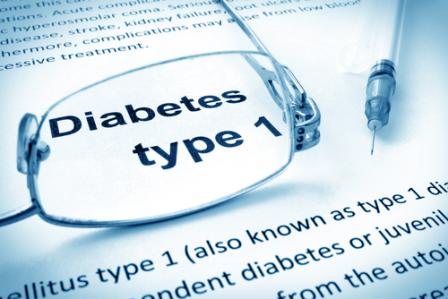
Type I Diabetes (T1D)
It is an autoimmune disorder in which insulin-producing pancreatic β cells are destroyed. It is mostly diagnosed in children and adolescents. As insulin is not produced in pancreas, exogenous insulin is needed to subside the hyperglycemic condition (1).
Major Symptoms of Type 1 Diabetes
- Polydypsia – Excessive thirst
- Polyphagia – Excessive hunger
- Polyuria – Excessive urine production
Other Symptoms
- Weight loss
- Nausea
- Weight loss
- Blurred vision
Causes
It is multi-factorial condition, caused due to interaction of host’s immune system, genetics and environmental factors.
Genetically, nearly 50 loci have been found associated with susceptibility of type I diabetes. Human Leukocyte Antigen (HLA) complex, non-HLA genes like cytotoxic T- lymphocyte associate-4 (CTLA-4), PTPN22 as well as CD25.
Immunologically, in T1D, pancreas shows β-cell injuries with inflammation. Such inflammatory lesion contains decreased or absence of insulin producing β cell, cell infiltrate comprised of macrophages, T-lymphocytes, B-lymphocytes, and other immune cells (2).
Environmental factors like interaction of viral infection, Enterovirus, and nutritional influences have been reported in associate with T1D (3).
References
- Atkinson MA, Eisenbarth GS 2001. Type 1 diabetes: New perspectives on disease pathogenesis and treatment. Lancet 358: 221 – 229.
- Atkinson MA 2012. The pathogenesis and natural history of type 1 diabetes. Cold Spring Harb Perspect Med 2(11): a007641.
- D Hober, P Sauter 2010. Pathogenesis of type 1 diabetes mellitus: interplay between enterovirus and host. Nat Rev Endocrinol 6(5): 279 – 289.
- Goodman and GILLMAN’S Manual of Pharmacology and Therapeutics.
- https://www.ncbi.nlm.nih.gov/books/NBK507713/